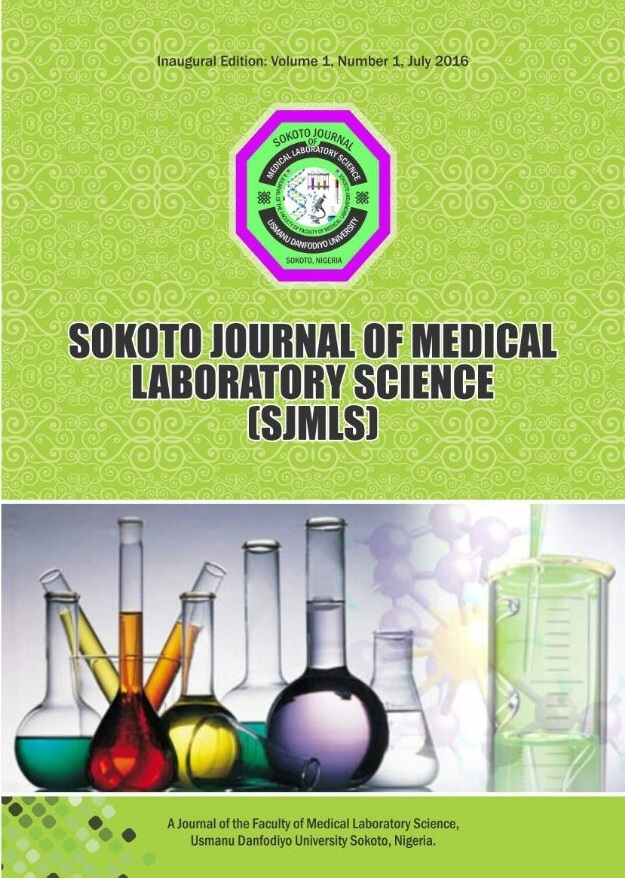Evaluation of Vulvovaginal Candidiasis and Susceptibility Patterns of Isolates Among Married and Unmarried Women of Childbearing Age and the Associated Risk Factors in Calabar, Nigeria
DOI:
https://doi.org/10.4314/sokjmls.v9i2.15Keywords:
Vulvovaginal Candidiasis, Isolates, Susceptibility, Childbearing, Women, VaginaAbstract
Vulvovaginitis is an infection of the vulva and vagina. Candida species are common etiologic agents of vulvovaginitis. The aim of this study was to evaluate vulvovaginal candidiasis susceptibility patterns of isolates and the associated risk factors among women of childbearing age. This study was a cross-sectional study which took place between August 2023 to February 2024. A total of 250 women aged 16-45 years were randomly recruited for the study. Subjects were recruited from gynaecology and sexually transmitted infection clinic. High vaginal swab (HVS) was obtained from all the symptomatic subjects. Samples obtained were subjected to microscopy and culture. The isolates were identified by gram staining, germ tube test and Chrom agar Candida. Isolates were subjected to antifungal susceptibility testing using the Kirby-Baur Method. The antifungal agents tested include; N y s t a t i n , v o r i c o n a z o l e , f l u c o n a z o l e , amphotericin-B and Itraconazole. The prevalence of vulvovaginal candidiasis was 39.2%. The age groups 16-20 years and 36-45years had 0.0% and 0.0% infection rate respectively. Pregnant women had a higher infection rate 6(5.9%) than the non-pregnant women 7(4.7%). There was no statistically significant association between pregnant and non-pregnant women (X2= 2.42; p=0.99). Similarly, subjects with multiple sexual partner and those who had unprotected sex had the higher rate of infection, 9(8.8%) and 8(10.5%) respectively. There was statistically significant relationship between multiple sexual partners and unprotected sex with infection rate. (x2=4.58; p=0.03; and x2 = 6.28; p=0.01). Candida albicans was the predominant species with the prevalence of 67(68.3%) followed by C. tropicalis 16(16 . 3%) . The range of susceptibility of the isolates to antifungal agents was 0.0% - 87%. Isolates of C. albicans were more susceptible to Nystatin (87.0%), followed by voriconazole (70.0%). The non- albicans species showed varying susceptibility rates ranging from 0.0% - 100%. The rank of potency of the antifungal agents against Candida isolates was Nystatin, > Voriconazole,> fluconazole,> amphotericin B> itraconazole.




